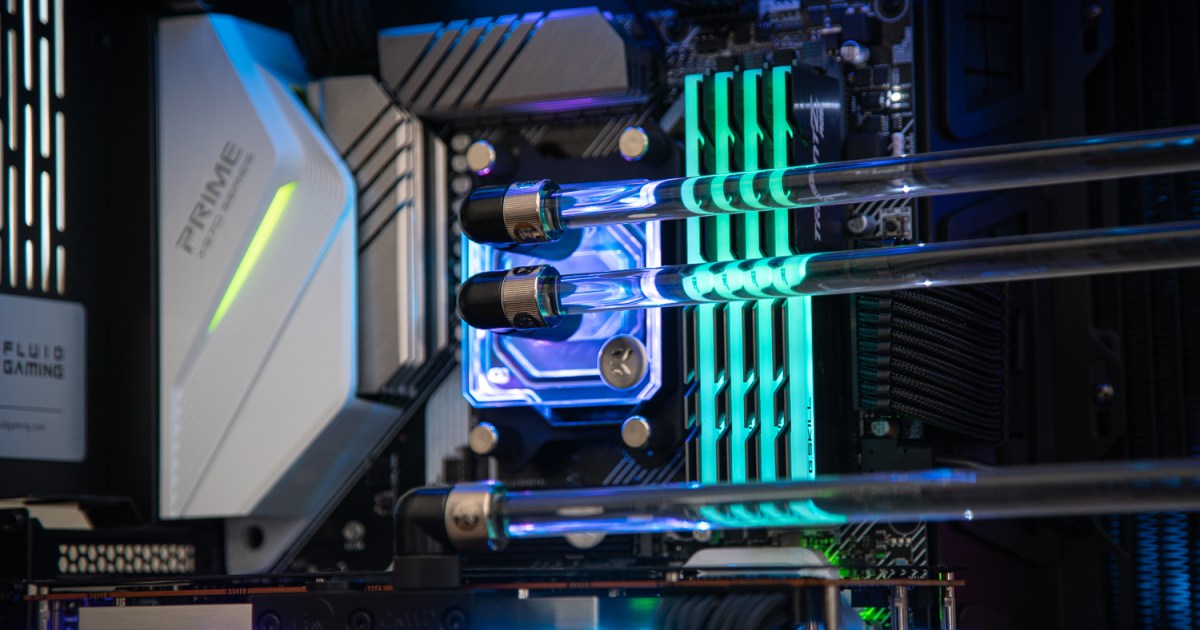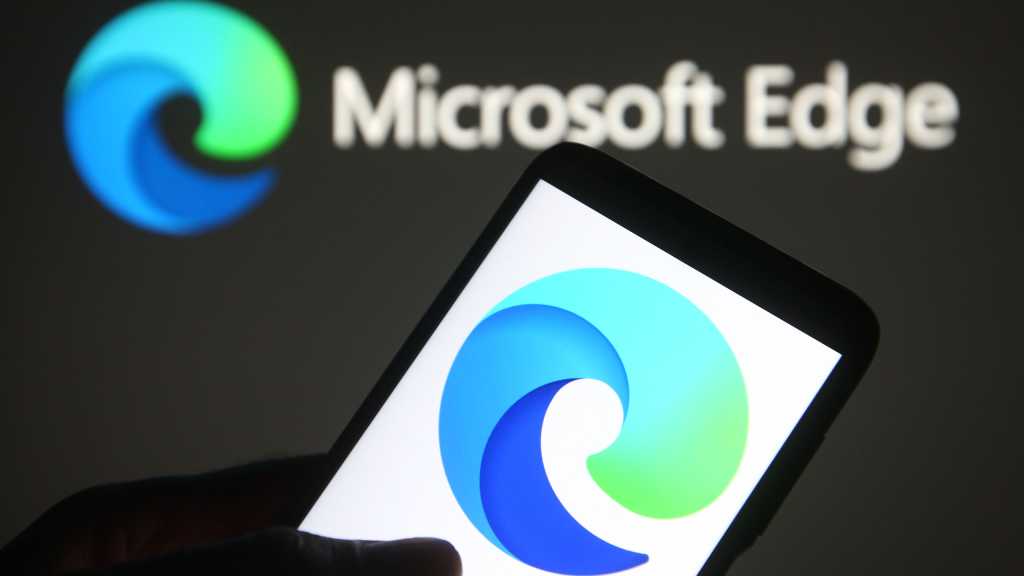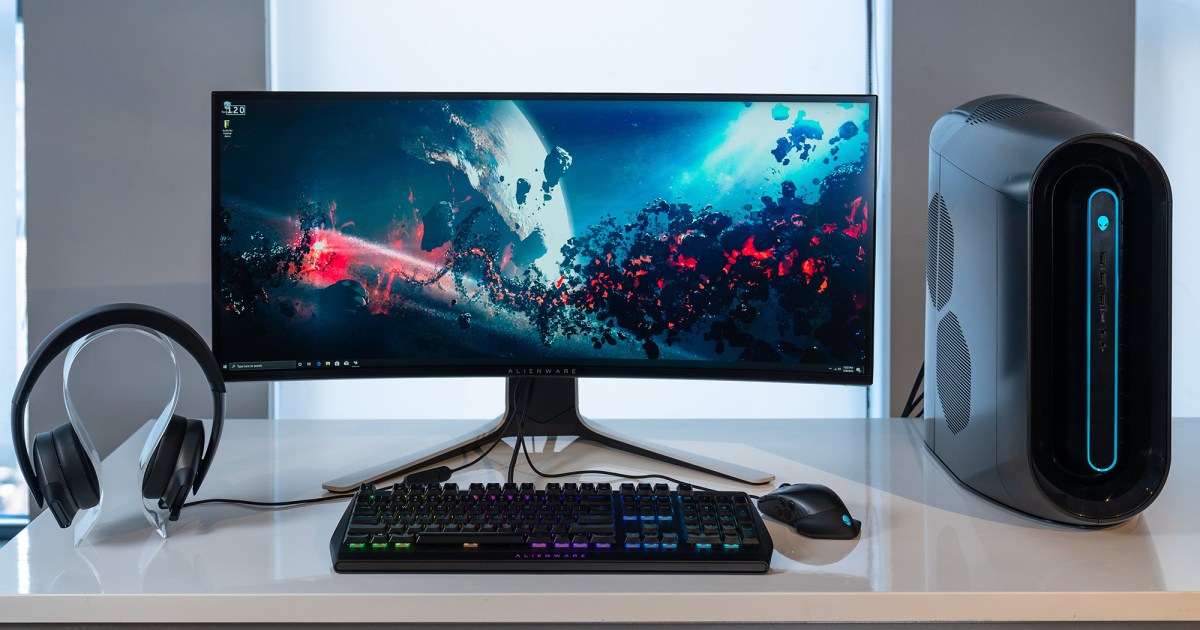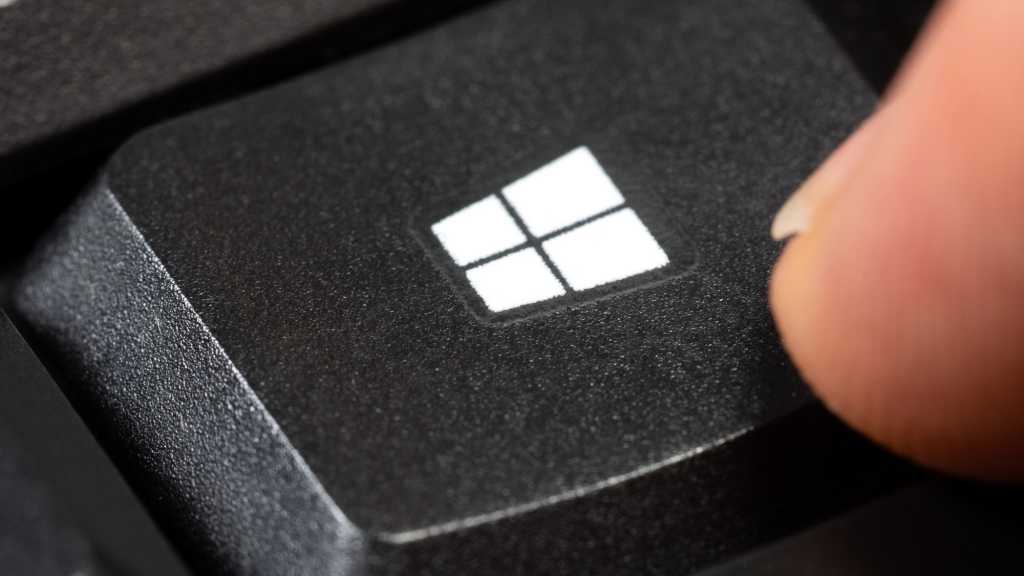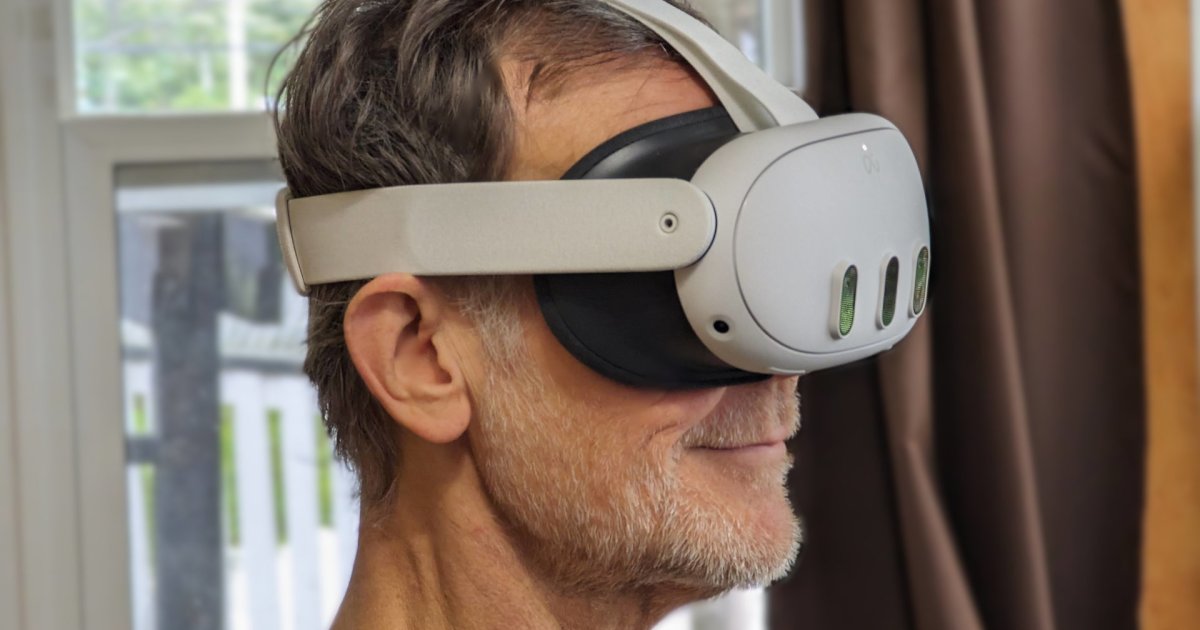Air and liquid cooling are the two primary methods for controlling temperatures within a PC. For those who build their own computers, the array of air and liquid cooling options can be overwhelming. While air cooling is generally simpler, liquid cooling offers distinct advantages. This comparison of air and liquid cooling will help you determine the best solution for your needs, whether you’re a first-time builder or a seasoned enthusiast.
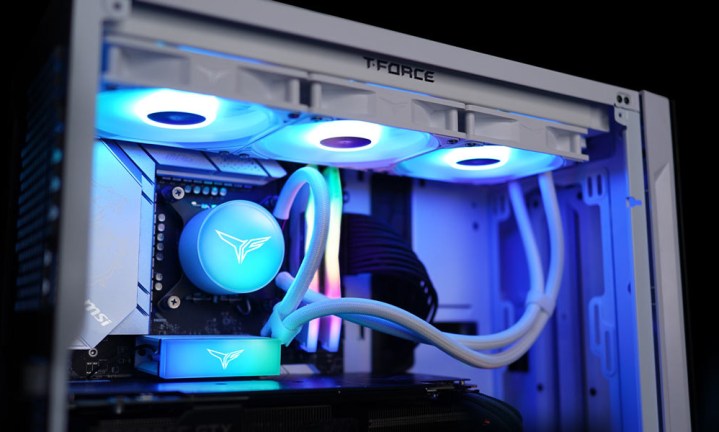 Alt text: A close-up view of a TeamGroup SIREN DUO360 liquid cooler installed inside a PC case, highlighting its components and placement.
Alt text: A close-up view of a TeamGroup SIREN DUO360 liquid cooler installed inside a PC case, highlighting its components and placement.
Air Cooling: Simplicity and Reliability
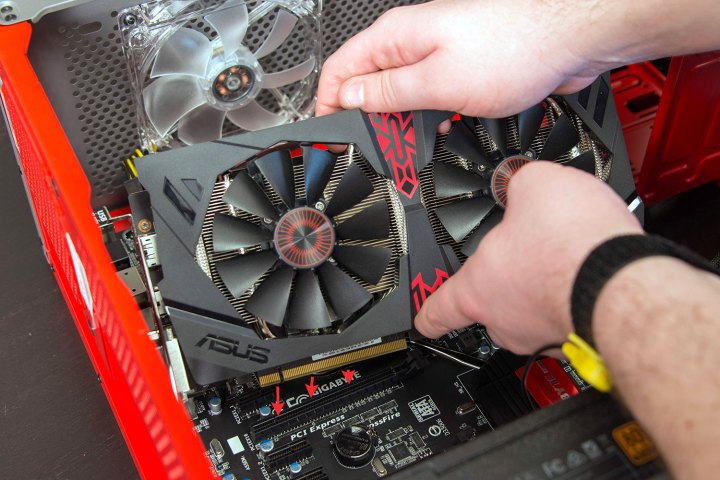 Alt text: A graphics card being inserted into a motherboard slot, emphasizing the straightforward installation process of air-cooled components.
Alt text: A graphics card being inserted into a motherboard slot, emphasizing the straightforward installation process of air-cooled components.
Air cooling is the easiest way to cool your PC components, especially for prebuilt systems. It’s simple, durable, and requires minimal maintenance. With the fan being the only real point of failure, air coolers can last for years, even decades, with occasional cleaning.
Despite its simplicity, air cooling can be highly effective. High-end air coolers like the Noctua NH-D15 offer performance comparable to some all-in-one (AIO) liquid coolers. While they may not match custom watercooling loops or extreme cooling solutions, top-tier air coolers provide excellent everyday performance with manageable temperatures and noise levels.
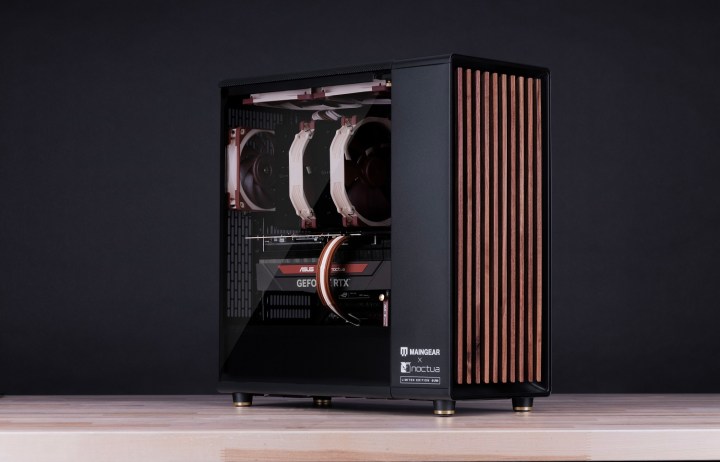 Alt text: A Maingrear PC featuring a prominent Noctua air cooler, showcasing its size and design.
Alt text: A Maingrear PC featuring a prominent Noctua air cooler, showcasing its size and design.
For most PCs, however, such high-end solutions are unnecessary. Even flagship CPUs like the 7800X3D can achieve near-identical performance with a budget-friendly single-tower cooler. Air coolers are generally more affordable than AIOs, and many budget processors even include a basic air cooler sufficient for adequate performance, albeit sometimes with higher noise levels.
Quiet operation is also achievable with air cooling. While larger AIOs offer greater surface area, leading to slower fan speeds, air coolers can also achieve low noise levels with less power-hungry CPUs or by slightly reducing performance or voltage. Passive coolers offer completely silent operation with no moving parts.
Liquid Cooling: Performance and Customization
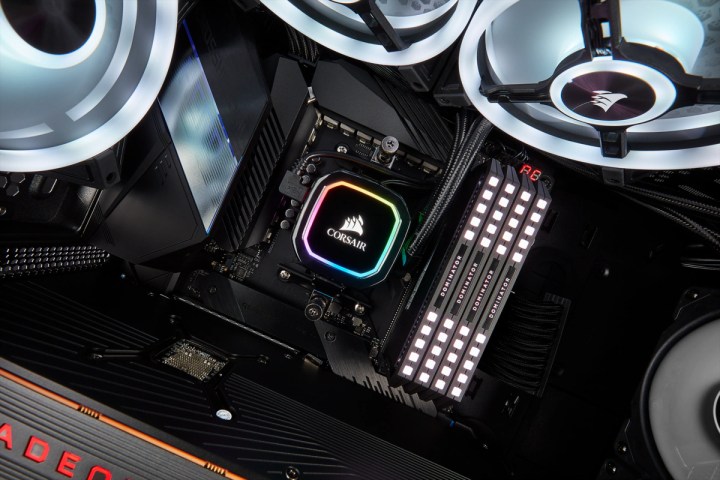 Alt text: A Corsair iCUE H100i AIO liquid cooler installed in a PC, showcasing its radiator and tubing.
Alt text: A Corsair iCUE H100i AIO liquid cooler installed in a PC, showcasing its radiator and tubing.
Liquid cooling primarily offers potential performance gains and quieter operation. Radiators placed along the case edges provide larger surface areas for heat dissipation, allowing for slower fan speeds or enhanced cooling potential with faster fan speeds.
However, the performance difference between air and liquid cooling can be minimal. A high-end 240mm AIO performs similarly to a high-end dual-tower air cooler, often at a comparable price. Larger 360mm and 480mm AIOs offer greater cooling capacity due to their increased size. The water volume also helps to mitigate temperature spikes from fluctuating CPU or GPU loads.
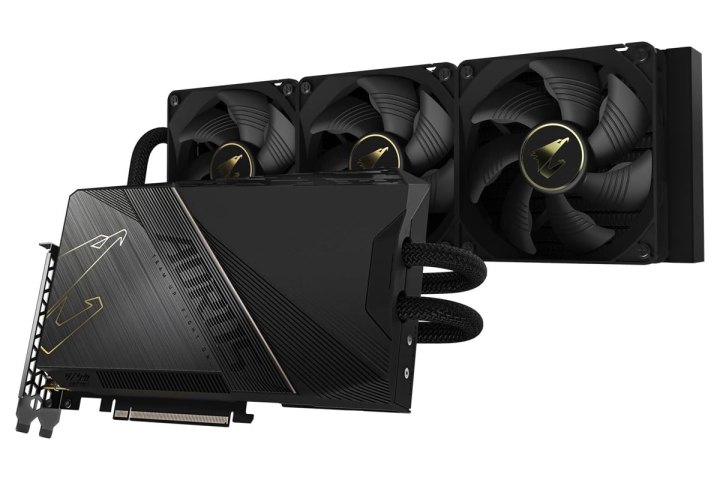 Alt text: A GIGABYTE AORUS GeForce RTX 4090 graphics card, highlighting its large size and advanced cooling design, often incorporating AIO liquid cooling solutions in high-end models.
Alt text: A GIGABYTE AORUS GeForce RTX 4090 graphics card, highlighting its large size and advanced cooling design, often incorporating AIO liquid cooling solutions in high-end models.
Once installed, liquid cooling can simplify access to other components. The low-profile water block and edge-mounted radiators make it easier to access memory slots, PCIe slots, and even the CMOS battery. However, installation can be more complex due to the pre-filled tubing and radiator placement considerations.
Custom Water Cooling: Ultimate Performance and Aesthetics
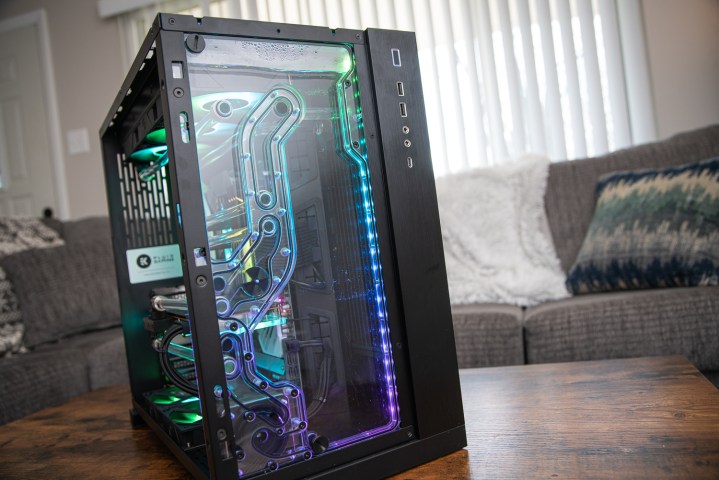 Alt text: An EK Fluid Conquest custom water cooling kit displayed on a table, showcasing its components and intricate design.
Alt text: An EK Fluid Conquest custom water cooling kit displayed on a table, showcasing its components and intricate design.
Custom water cooling amplifies the advantages and disadvantages of AIOs. It offers near-limitless performance potential (limited by ambient temperature) and can be incredibly quiet. Custom loops offer extensive aesthetic customization options, including hardline tubing, chrome fittings, distribution plates, RGB lighting, and various colored liquids.
However, custom loops require significant effort to install and maintain. Potential leaks, air bubbles, and regular fluid changes add to the complexity. The upfront cost is high, and resale value is minimal. Custom loops allow for cooling of other components like memory, motherboards, and even SSDs, providing unparalleled flexibility.
Choosing the Right Cooling Solution
The best cooling solution depends on individual needs and preferences. Air cooling offers comparable performance and noise levels to entry-level and mid-range AIOs, with greater durability and reliability. Liquid cooling offers potentially higher performance and easier component access after installation, but requires periodic replacement and carries the risk of leaks and pump failures. Custom water cooling provides the highest performance and aesthetic customization but is complex, expensive, and demanding to maintain.
For most users, air cooling is the most practical choice. AIO liquid cooling offers more options for smaller builds or specific aesthetic requirements. Custom water cooling is best suited for enthusiasts willing to invest time and resources into ultimate performance and personalization.



